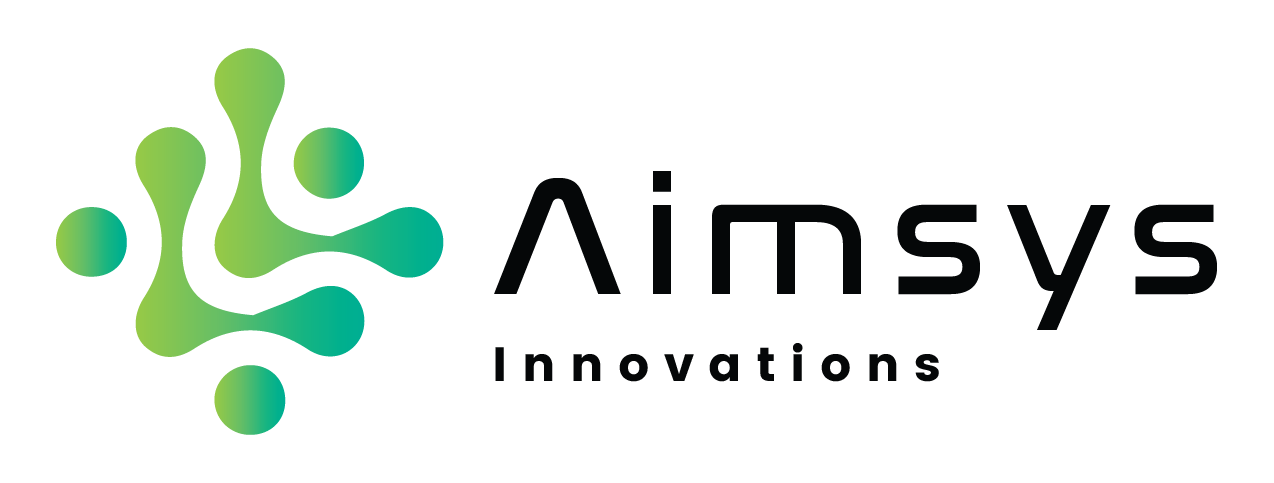Posted At: Sep 11, 2025 - 353 Views

AI Chatbots in Healthcare: Automating Symptom Checks and Pre-Screening Triage
The healthcare industry is under tremendous pressure. From staffing shortages and rising patient volumes to the need for faster, more personalized care—providers are seeking innovative solutions to ease the burden while maintaining high-quality services. Among these innovations, AI-powered chatbots are quickly emerging as a game-changer, especially for pre-screening, symptom checking, and triage.
What Are Healthcare Chatbots?
AI healthcare chatbots are intelligent virtual assistants that interact with patients via text or voice. Unlike static FAQs or basic scripts, these chatbots use natural language processing (NLP) and machine learning (ML) to understand patient queries, ask relevant questions, and provide tailored responses.
In the pre-screening context, they serve as the first line of interaction, guiding patients through symptom checks, risk assessment, and triage before they see a human provider.
Why Automate Pre-Screening with AI Chatbots?
1. Streamlined Symptom Checks
Patients often Google their symptoms, leading to confusion and misinformation. AI chatbots provide structured, medically validated symptom checks that help patients better understand their condition and next steps.
2. Efficient Triage
Instead of overwhelming emergency departments or clinics, chatbots can direct patients to the appropriate level of care—whether that’s emergency care, a general physician, teleconsultation, or self-care at home.
3. 24/7 Accessibility
Unlike call centers or clinics with limited hours, chatbots operate around the clock, ensuring patients can access guidance anytime, anywhere.
4. Reduced Administrative Burden
By handling repetitive pre-screening tasks, chatbots free up healthcare staff to focus on high-priority cases.
5. Data-Driven Insights
Aggregated data from chatbot interactions can help healthcare organizations identify trends in patient concerns, seasonal illnesses, or emerging health risks.
How AI Chatbots Work in Pre-Screening
The chatbot workflow typically includes:
- Patient Initiation – A patient starts a conversation via a hospital’s website, mobile app, or WhatsApp.
- Symptom Gathering – The chatbot asks structured, clinically informed questions (e.g., “Do you have a fever?” “How long have you been experiencing headaches?”).
- Risk Assessment – Using ML algorithms and decision trees, the chatbot evaluates severity.
- Triage Recommendation – The chatbot suggests next steps, such as scheduling an appointment, booking a telehealth consultation, or visiting urgent care.
- Integration with EHR – Some advanced chatbots can update patient records or share findings directly with providers before the consultation.
Real-World Use Cases
- COVID-19 Screening: During the pandemic, many hospitals deployed chatbots to pre-screen for symptoms like fever, cough, or exposure risk.
- Mental Health Triage: AI chatbots can detect stress or depression cues and connect patients to appropriate mental health resources.
- Chronic Disease Monitoring: Patients with diabetes, hypertension, or asthma can use chatbots for daily symptom tracking and medication reminders.
Benefits for Patients and Providers
- For Patients: Quick, reliable, judgment-free health guidance.
- For Providers: Reduced patient overload, better-prepared consultations, and improved allocation of resources.
- For Health Systems: Lower operational costs and improved patient satisfaction scores.
Challenges and Considerations
While promising, healthcare chatbots come with challenges:
- Accuracy & Safety: Chatbots must be trained with clinically validated data to avoid misdiagnosis.
- Privacy & Compliance: Handling sensitive health data requires strict compliance with HIPAA (US), GDPR (EU), or equivalent laws.
- Patient Trust: Clear communication that chatbots complement—not replace—doctors is critical.
- Integration: Effective deployment requires seamless integration with existing hospital IT systems.
The Future of Healthcare Chatbots
AI chatbots are evolving from rule-based Q&A tools to context-aware digital health assistants that can:
- Detect tone and sentiment for mental health applications.
- Integrate with wearable devices for real-time monitoring.
- Provide multilingual support to reach diverse populations.
- Assist in personalized health plans and preventive care.
Conclusion
AI chatbots are no longer a futuristic concept—they are transforming how healthcare systems handle pre-screening, symptom checks, and triage. By offering faster, more accessible, and efficient patient interactions, they bridge the gap between rising demand and limited resources.
For healthcare providers, the question is no longer if they should adopt chatbot solutions, but how quickly they can implement them to enhance patient care and streamline operations.
